


Photos from the Pennyrail Newsletter

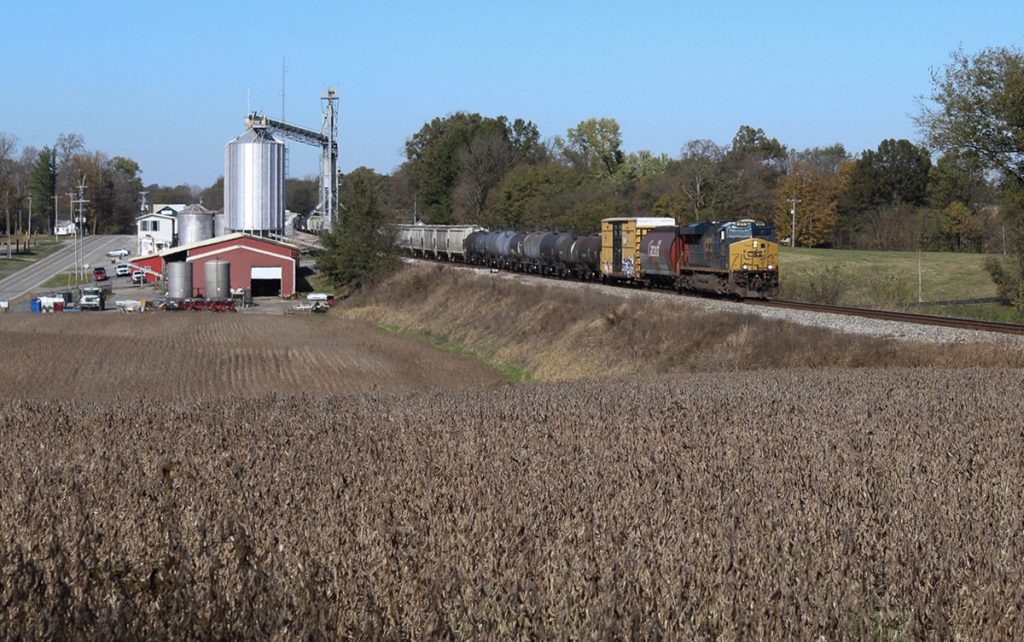
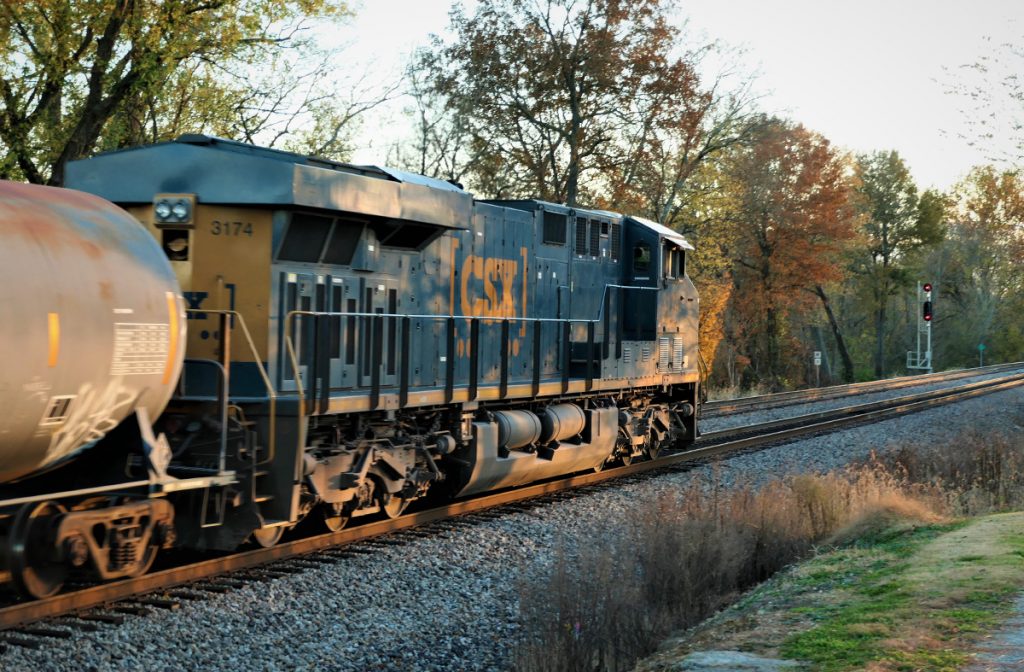
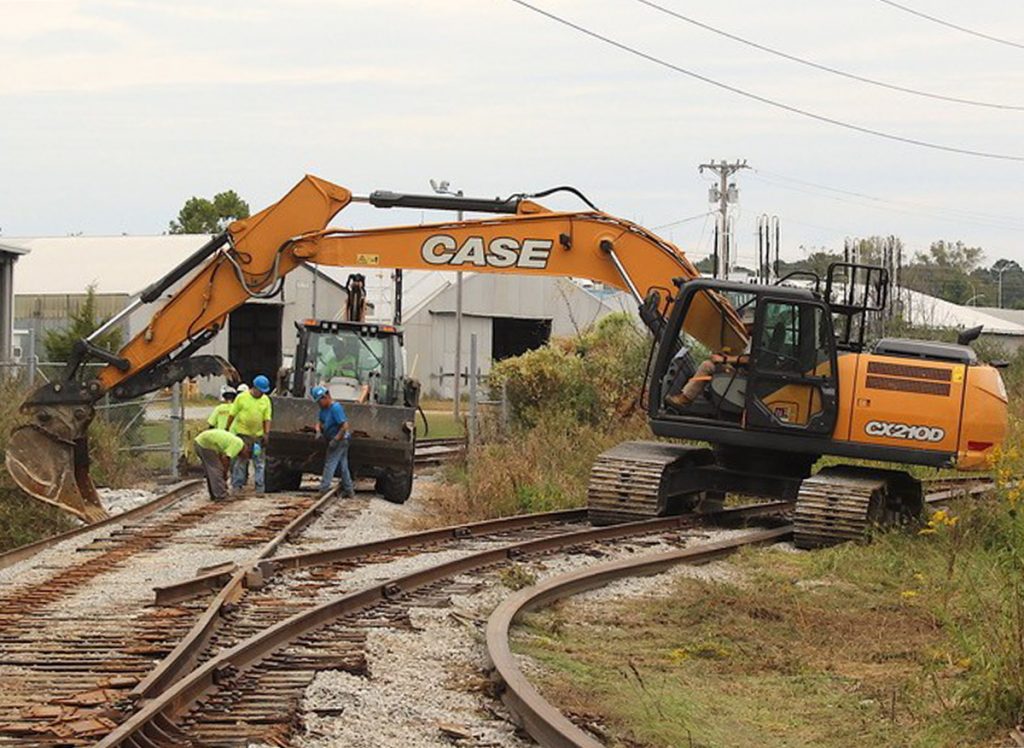
I lucked out with a friend at Fortner Gas here in Madisonville. He let me know about the spur upgrade so I could get some shots. Just a few days after it was completed, I caught the local headed that way with some loaded tankers and got the switching action on camera. The cab shot in the trackmobile was a surprise bonus for me! Fortner has become a regional supplier of propane with this new transloading facility across from the Madisonville Industrial Park off Hwy 41A in Madisonville, Ky.


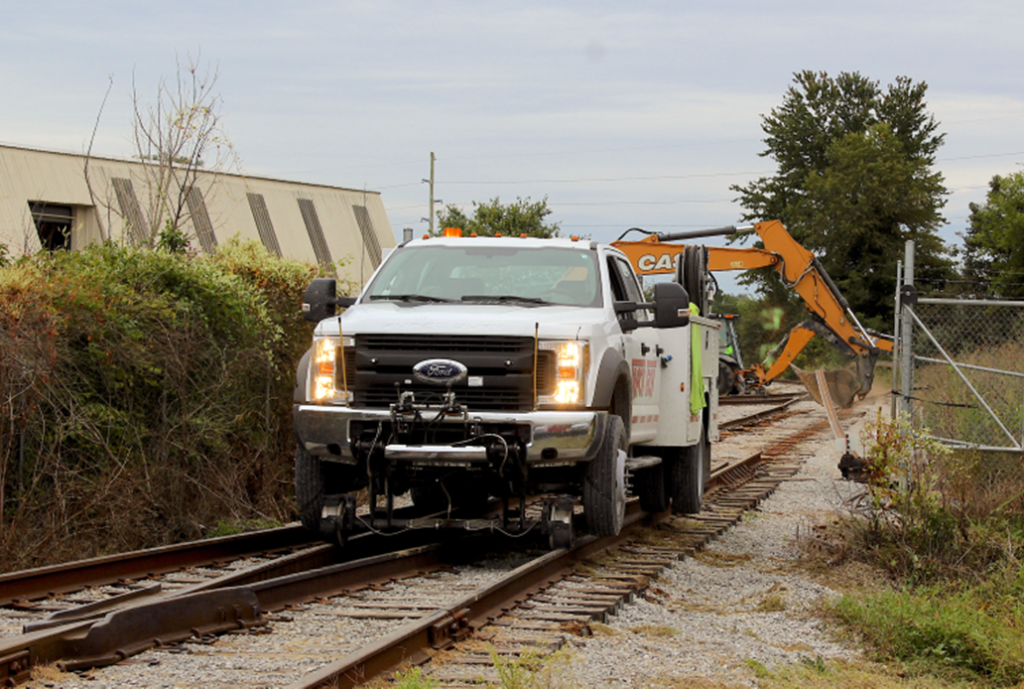

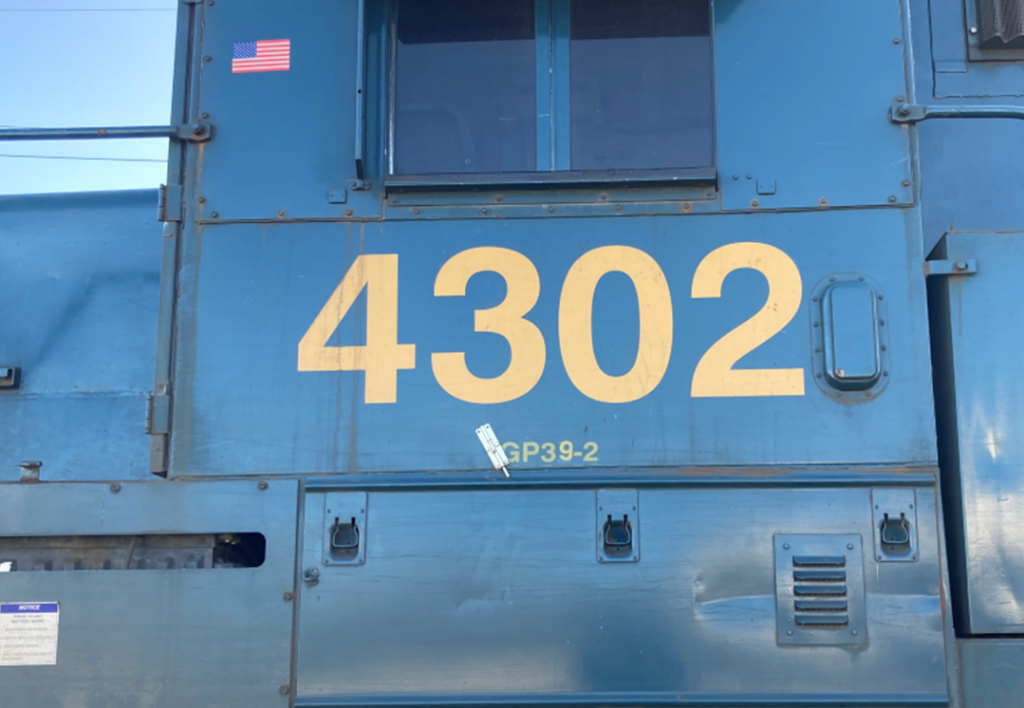

Notice the little touch of re-engineering on 4302’s panel door above! Yes, I got to couple up to the tank car and blow the horn! – Photos by Bill Thomas
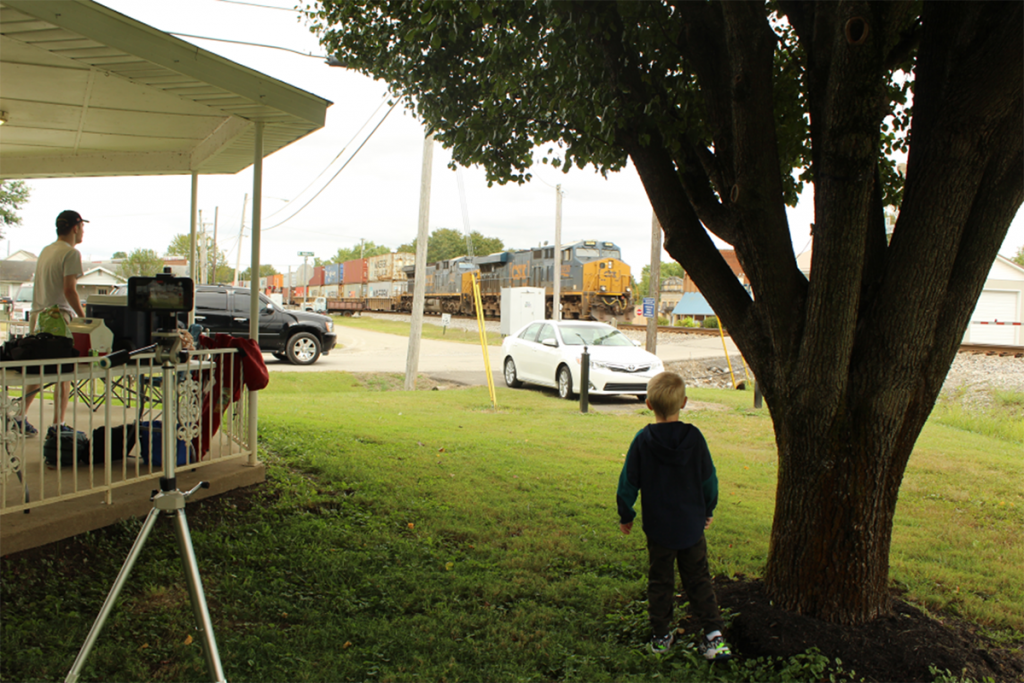
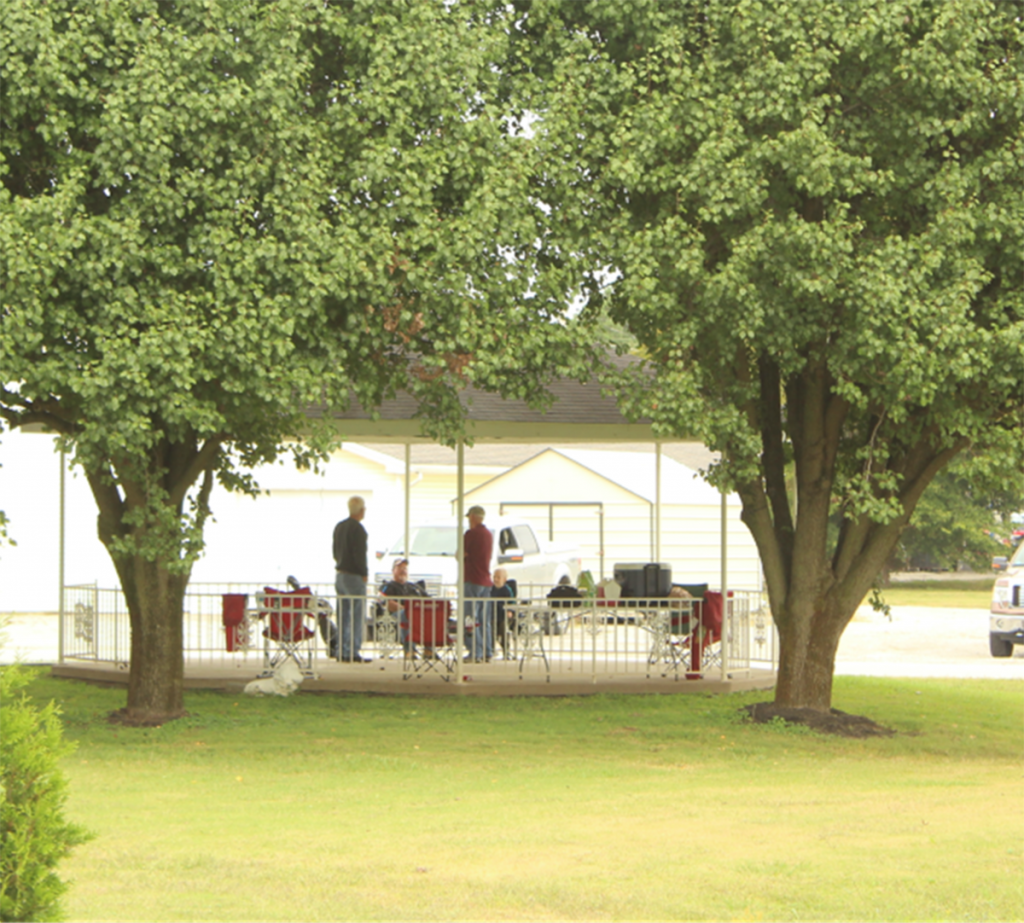
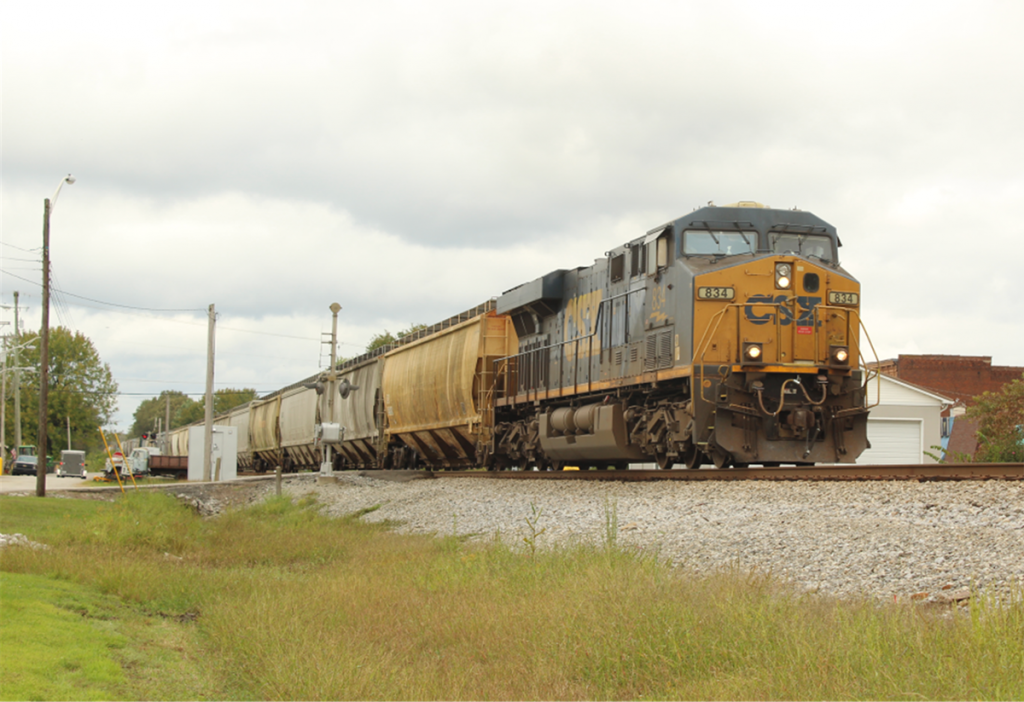
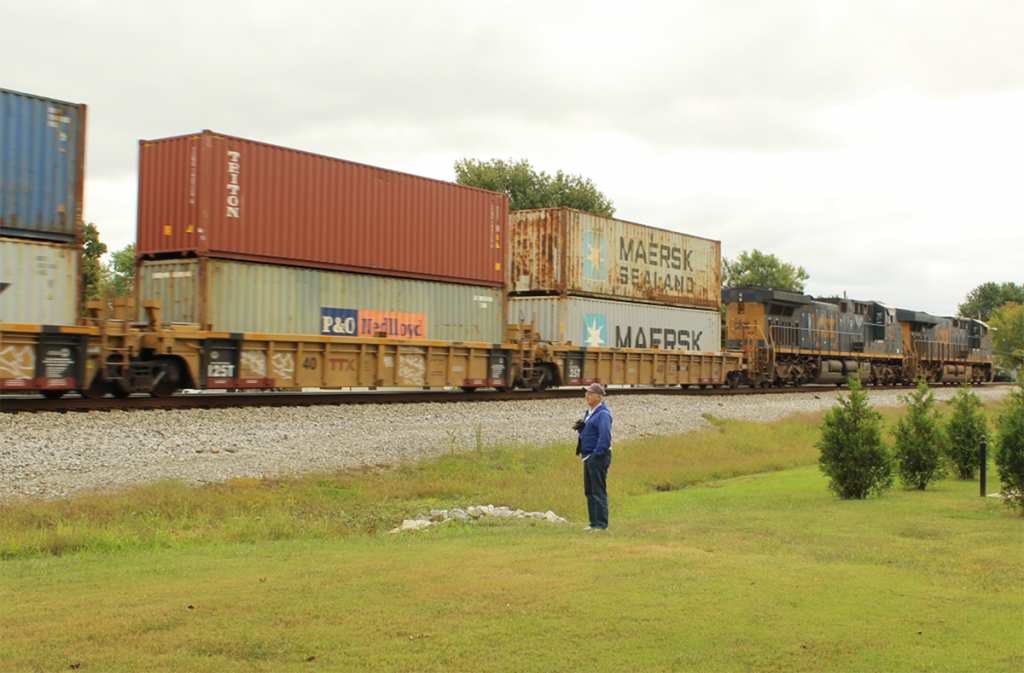
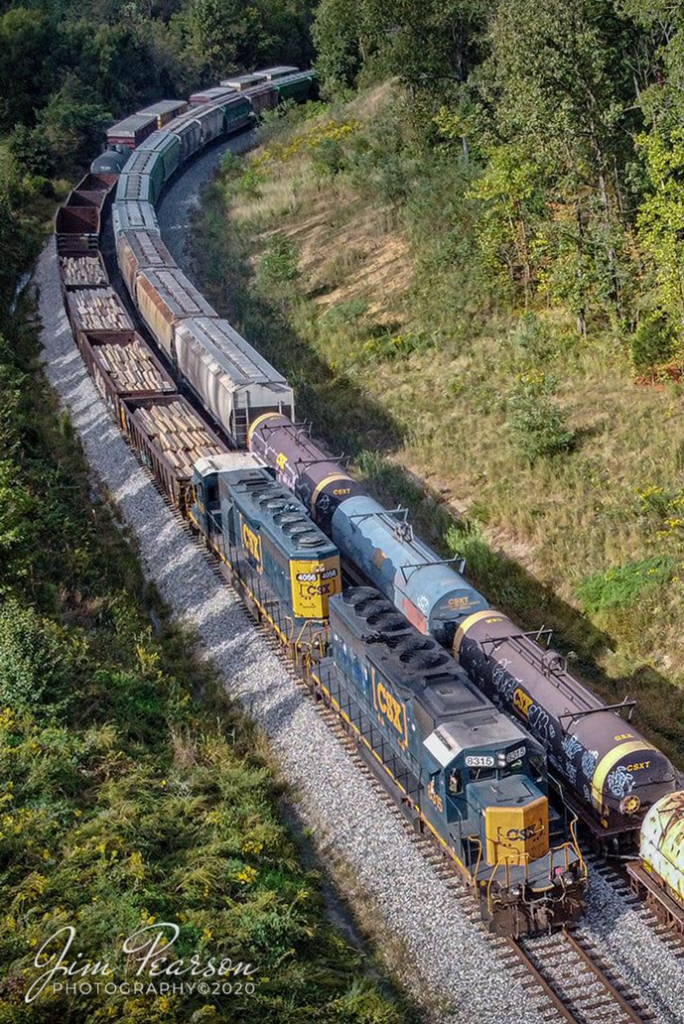
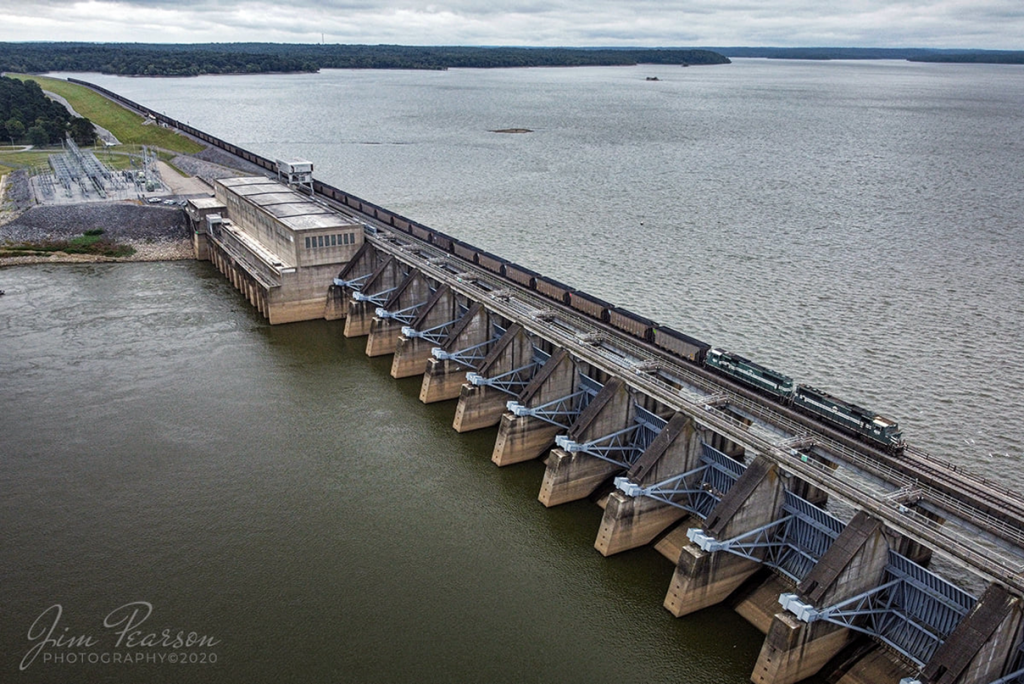
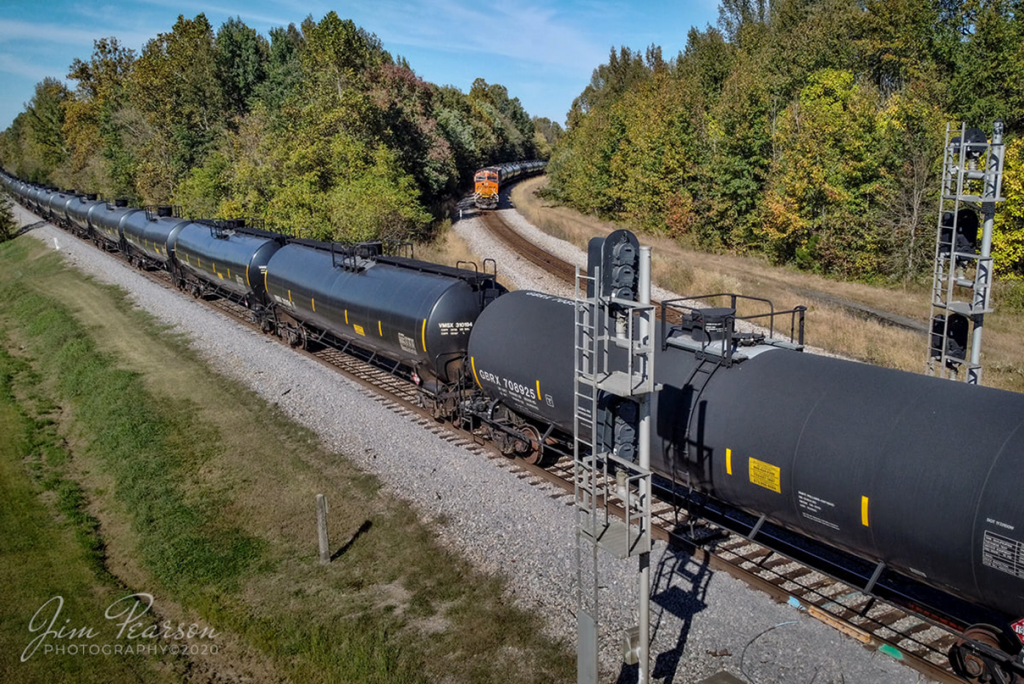

September 17, 2020 – CSXT 3439 and 275 lead loaded coal train CSX N040 south on the Henderson Subdivision as it approaches the John Rivers Rd. crossing at south Casky in Hopkinsville, Kentucky.
Tech Info: DJI Mavic Mini Drone, JPG, 4.5mm (24mm equivalent lens) f/2.8, 1/320, ISO 100.
Jim will present a program on Railfanning with a Drone at our November 16th, 2020 meeting. Be sure to attend!
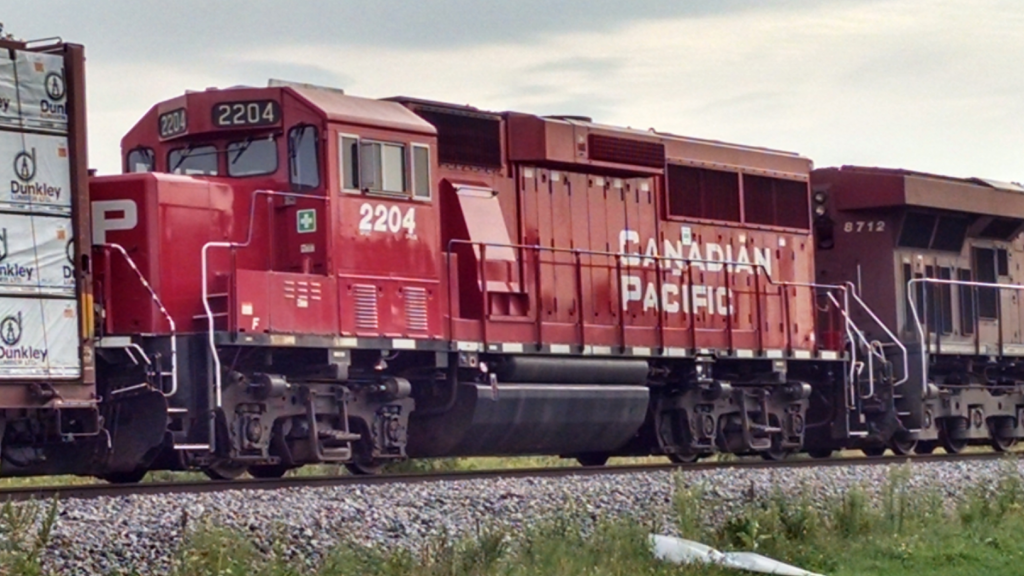
CP GP20C-ECO 2204, rebuilt from GP 7/9 parts, is still laboring on during the morning of September 7, 2020 (Labor Day). Tucked in as the second unit on St. Paul, MN-Chicago Manifest 286, she awaits a clear signal across the CN diamond at Duplainville, WI. – Photo by Chris Dees
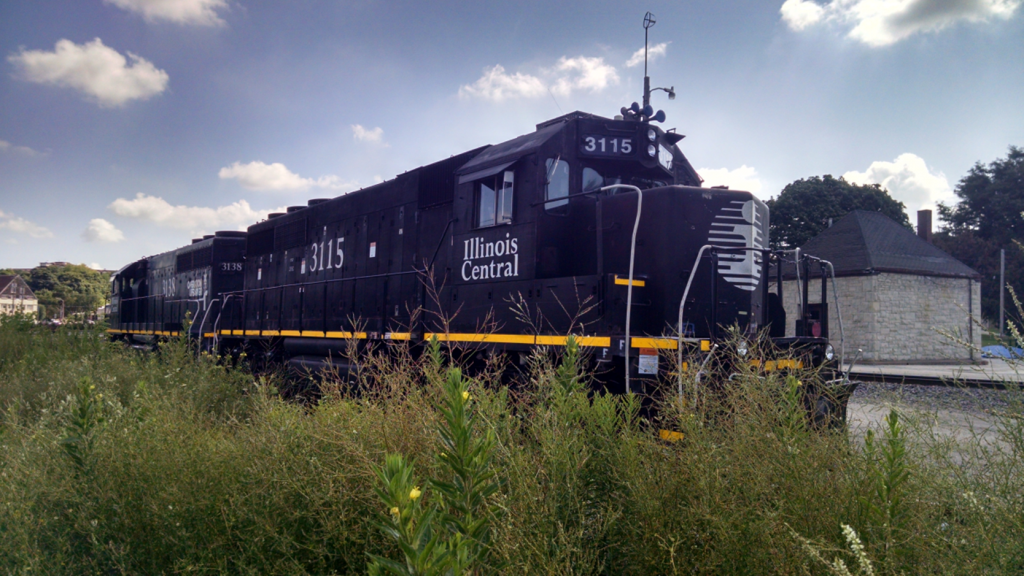
It’s Friday August 7, 2020 along the Canadian National (ex-Wisconsin Central) in Waukesha, WI.
Some 30-plus years after being rebuilt at Paducah, KY two Illinois Central GP40u locomotives, 3115 and 3138, await the crew of the Waukesha-based Sussex local to come on duty. Photo by Chris Dees.
With only 15 of these still active, what are the odds???
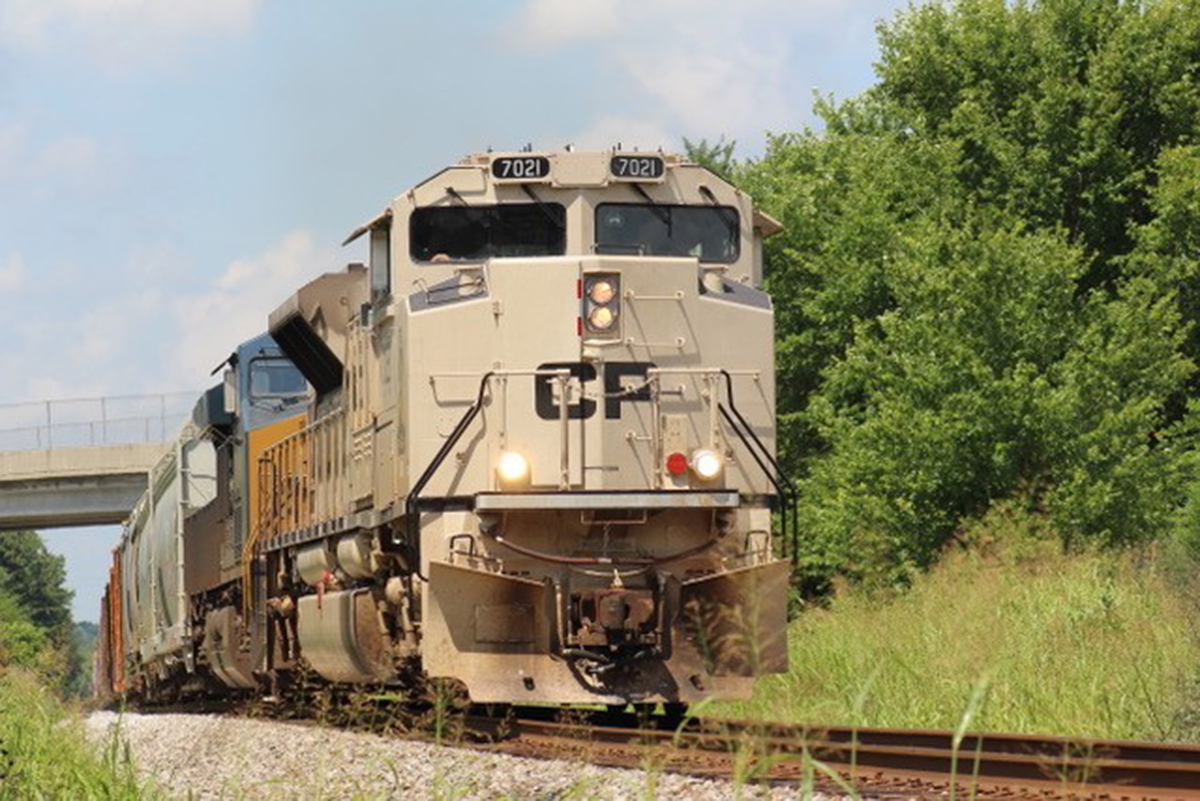
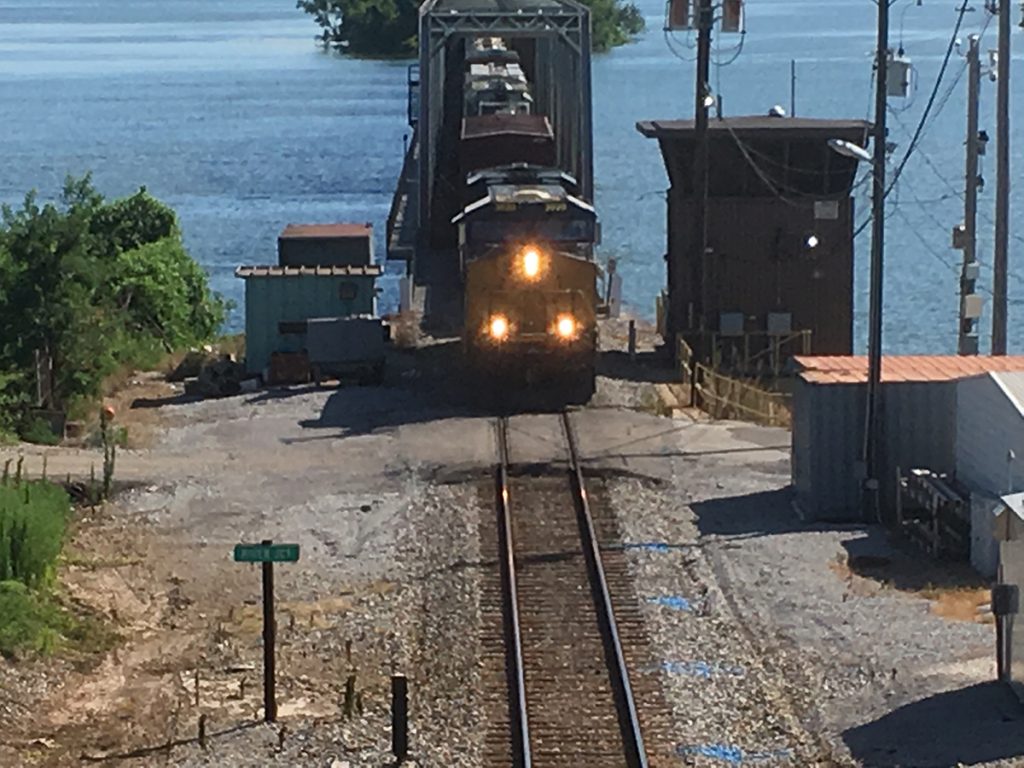
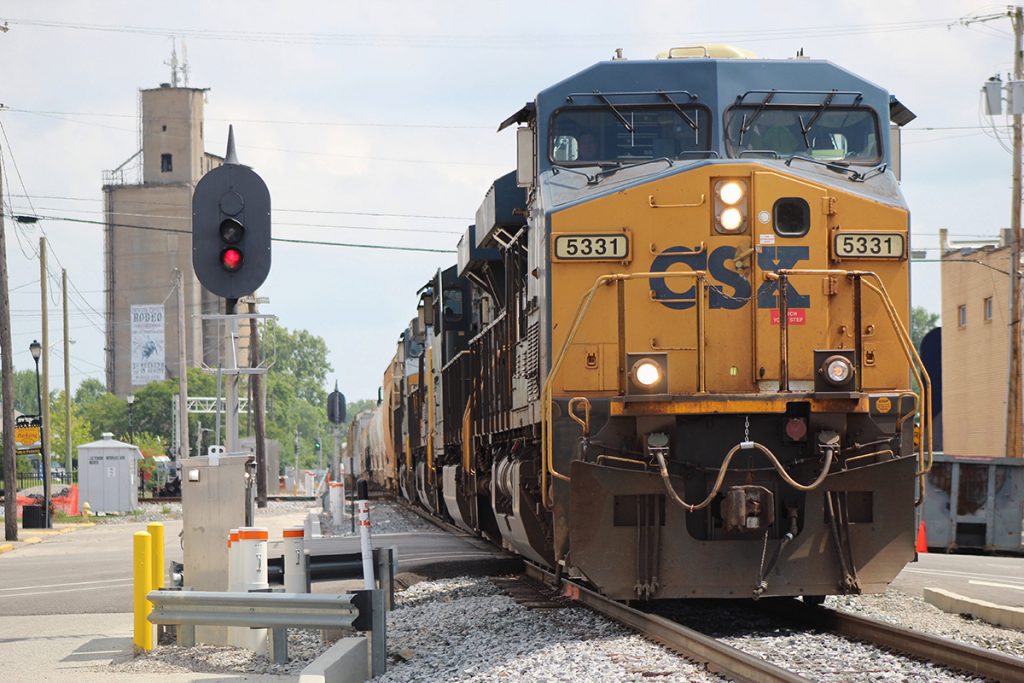
Other entries – Click picture for full view
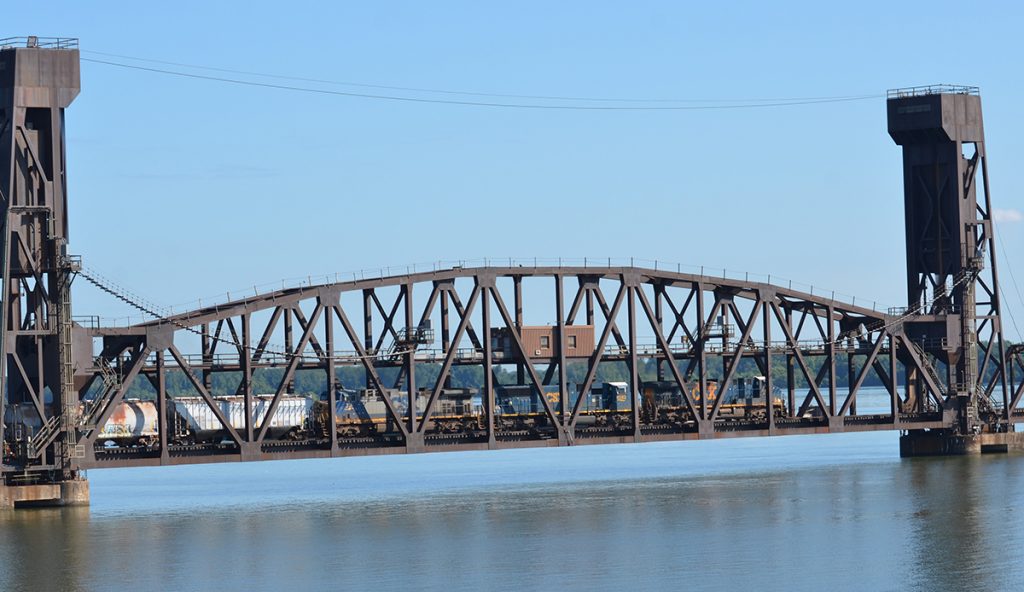
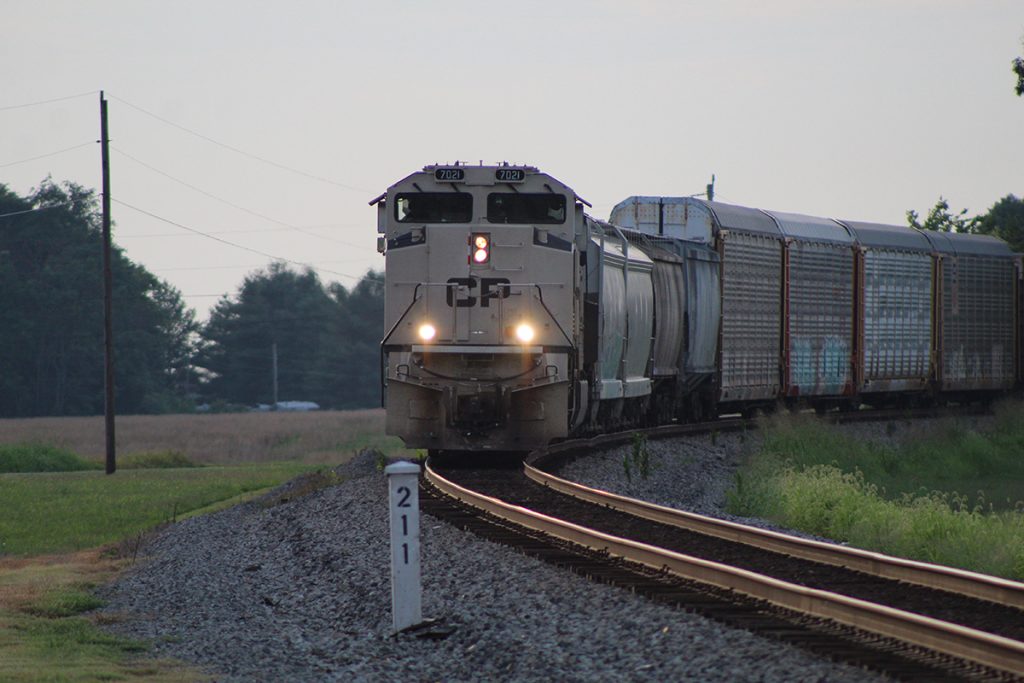
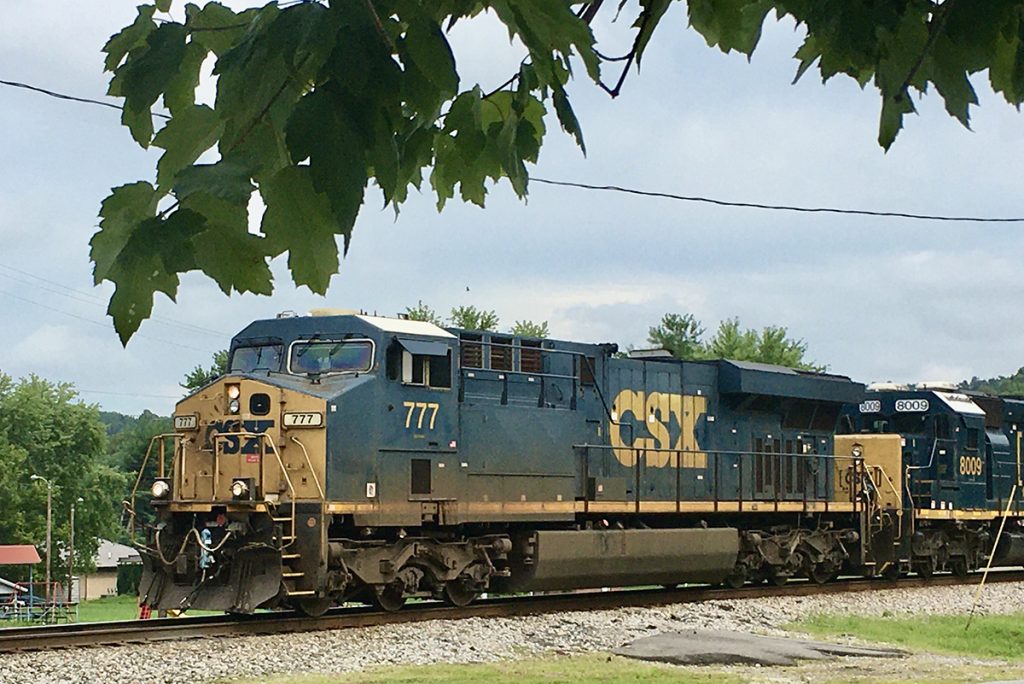
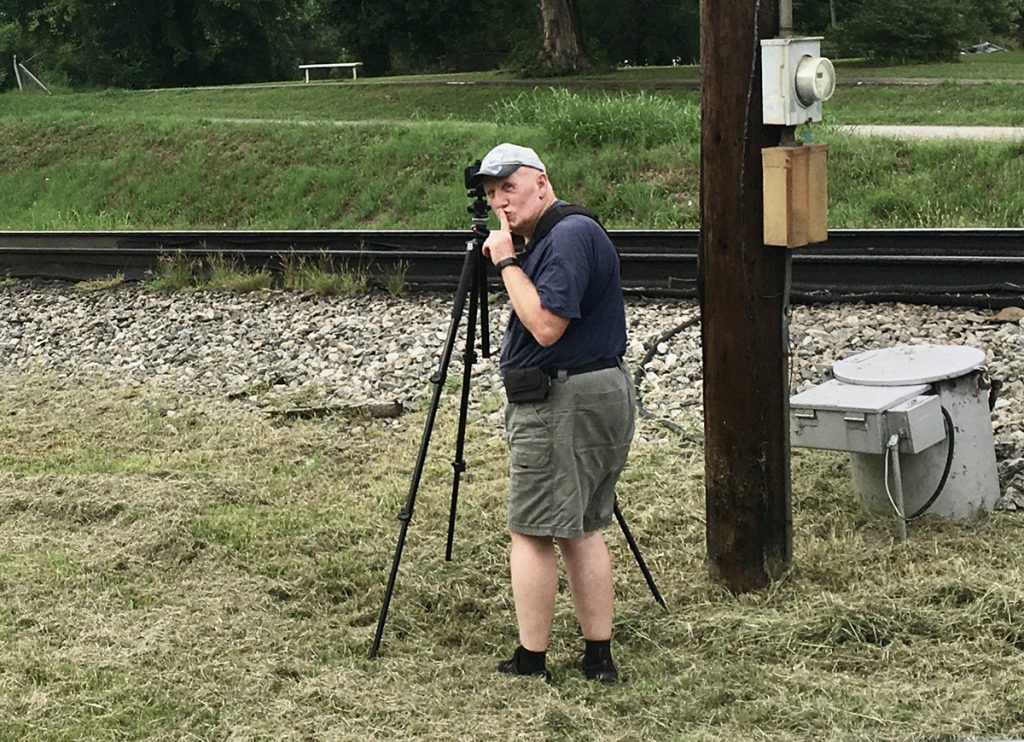

A pair of Little Joes and two EMD diesels with a mile of freight tied to their tail reach to top of Pipestone Pass. The train is about to enter the tunnel under U.S. Highway 10 and the Continental Divide at Donald, Montana. Then it is all downhill, rather steeply to Butte, and river level down the Clarks Fork through Missoula to St. Regis. There the train will once again strain to attain the top of the Bitterroots.
Railroads in assembling long freights normally lash up multiple units to provide the power necessary to make the haul. But the Milwaukee Road was not normal. They lashed up multiple electrics along with multiple diesels, all operated by a single engineer. A special throttle device was used connecting the two differing systems, called the Wylie Controller, named for the inventor.
The Milwaukee Road crossed five major mountain ranges in their route to the coast, the Belts and Tobacco Roots (part of the Rockies) in Montana, the Bitterroots entering Idaho, and the Saddles and Cascades in Washington. Those tough grades were the justification for electrification. Unlike steam and diesel, electrics were impervious to high altitude and extremely cold temperatures. Under such harsh conditions, reciprocating engines loose horsepower.
On relatively level ground the electrics do all the work, while the diesel units were allowed to idle. At the foot of the next grade the diesels were powered up, adding to the mix.
This is one of my all-time favorite pictures, from the lens of noted photographer Steve Patterson. Nicely framed, it graces the wall in my office, I see it as I type this. Long-time readers, saw this picture and story over ten years ago. Gary O. Ostlund


Wisconsin & Southern Train T006 (Madison, WI to Janesville, WI manifest) arrives at Milton, Wisconsin on the morning of 01-Jul-2020. WSOR number 4223 is second in command and a long way from her original home on the Denver & Rio Grande Western. 4223 is an SD45 which has been rebuilt to SD40-2 standards, while still retaining the classic “flared” radiator section of the locomotive’s long hood.
Below: Standing as a silent sentinel to a bygone era, the former Illinois Central depot in Belleville, Wisconsin is a little worn, but is being taking care of by a local group of volunteers. The depot is an important landmark on the Badger State Trail that follows the former IC Madison, WI to Freeport, IL route.


In wandering around the Antonito yard before departure, I was taken by this sampling of dual gauge track. This picture clearly shows three rails leading to a string of boxcars in the distance. The cars are narrow gauge.
In the heyday of the Denver & Rio Grande Western Railroad there were several stretches of dual gauge. Why dual gauge? The D&RGW served all of Colorado from West of the I-25 corridor and on to Salt Lake City. The severity of the mountain grades and curves in the Southwest quarter of the state made narrow gauge construction a necessity.
So, from Denver, Pueblo and Walsenburg west, to many points there was dual gauge track. In the LaVeta Pass area narrow gauge track was laid. Years later standard gauge was built on a nearby alignment. This allowed standard gauge ladings to move directly to distribution centers at the base of the mountains in places such as Antonito, Leadville, Montrose, and Salida. This also let the narrow-gauge cars to haul minerals, coal, limestone and other products directly to markets.
Standard gauge to this day reaches Antonito, however, there is no exchange of traffic. The narrow gauge Cumbres & Toltec Scenic is strictly for the tourists. And what a ride it was. Gary O. Ostlund

“Red-n-Ready”. Northbound oversized load going through Mortons Gap KY, 9:06AM, June 3, 2020. – Photography by Rick Bivins
